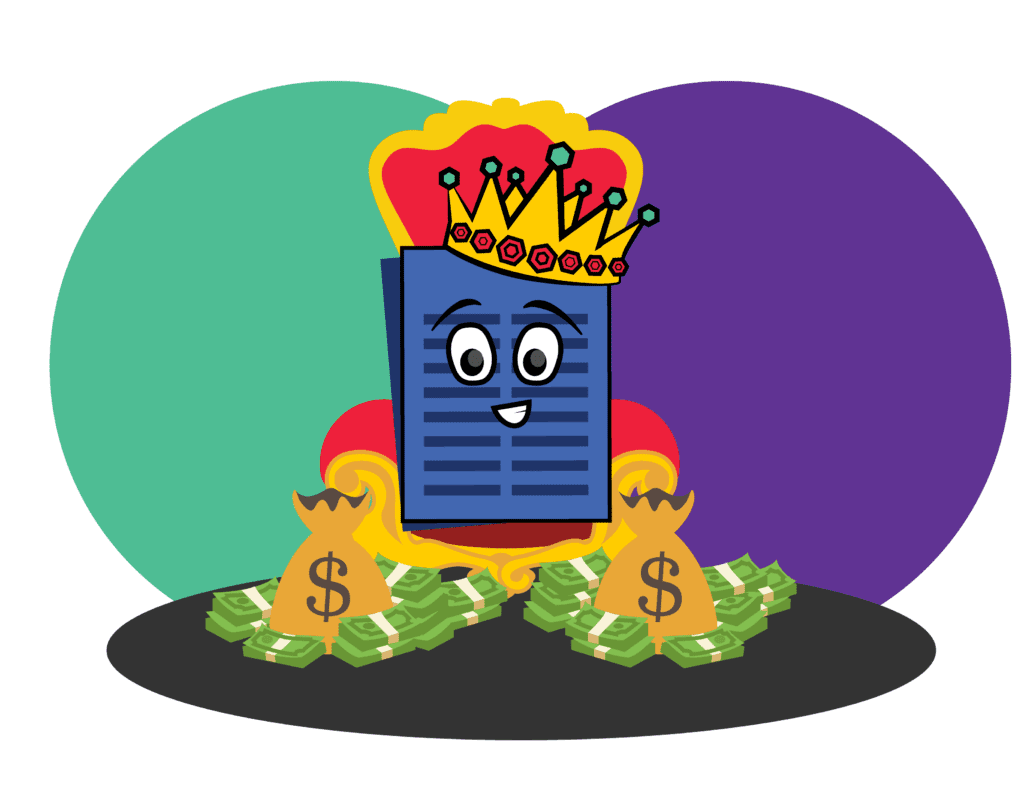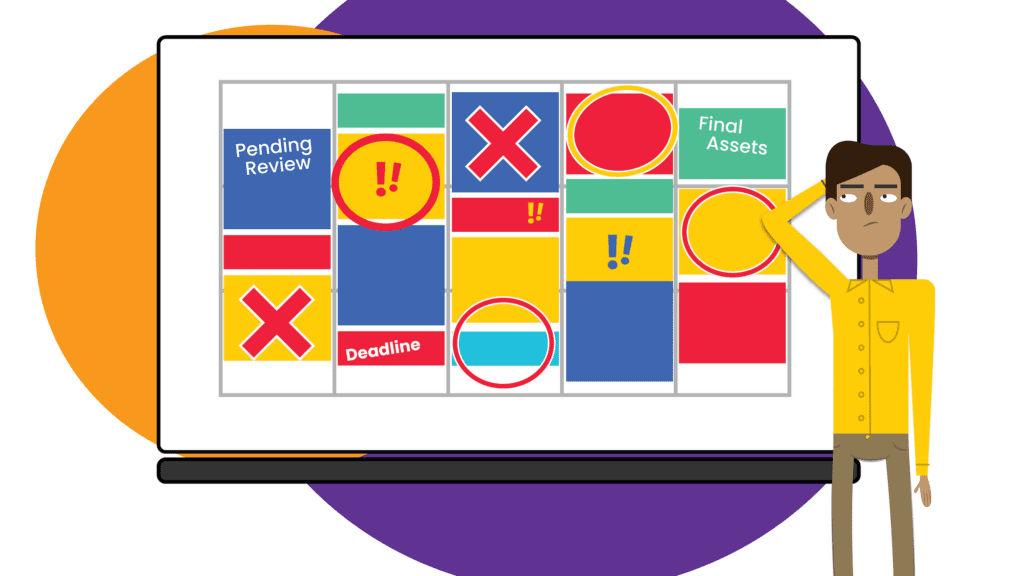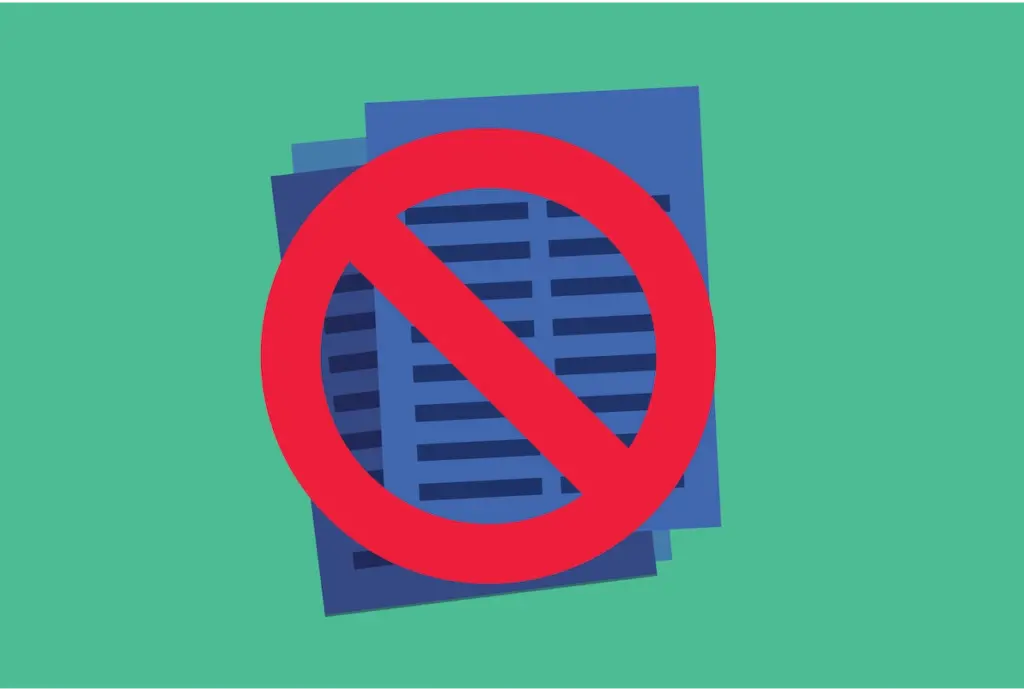Content marketing works.
That’s probably why 91 percent of B2B marketers integrate it into their programs.1
However, if your marketing strategy doesn’t deliver content that speaks to every stage of your target audience’s buyer’s journey — at the right times — your audience will lose interest and your messages will miss their target.
Keep your readers engaged and on track to becoming a customer by creating a mix of compelling content that positions your company as a thought leader and is tailored for each stage of the buyer’s journey.
Understand the Target Audience
For example, imagine you’re an IT company selling managed IT services.
The ultimate value you’re marketing is peace of mind, time saved, and operational efficiencies your customers gain by outsourcing IT management to your company.
Your target market is small- to medium-sized businesses and your target audience is the presidents/CEOs of these companies and the senior executives looking to streamline IT management and eliminate the costs of technological growing pains.
Position your company as a thought leader by tailoring your content marketing to address the concerns of this audience.
Consider that each individual is at a different stage in the search for a solution to the problem — some may not even be aware that they have an IT problem, others may have already considered two or three companies to hire as their Managed Service Provider.
Create Content for Each Stage of the Buyer’s Journey
Your content marketing strategy should include content that positions your company by speaking to the audience at each stage of the buyer’s journey.
At the simplest level, a typical buyer will go through a three-step process:
- Awareness
- Consideration
- Decision
To understand how this works, we can continue with the example of the managed IT services company trying to convert a reader into a customer. Let’s call the buyer Leanne.
Awareness Stage: Call Attention to a Problem
Leanne is an operations manager at a firm that develops enterprise software and employs 30 people.
Recently, she hasn’t put much thought into the company’s IT infrastructure and the computers her employees use — her main focus has been on the three large clients the company just signed.
As a regular part of her day, she hops onto LinkedIn and scrolls through her feed.
One of your company’s social media content marketing posts makes it onto her feed and catches Leanne’s eye. Depending on the content posted, there are two ways Leanne can go.
Scenario 1
Leanne sees a post with the title “5 Reasons to Consider Company X for Your Company’s Cloud Storage Needs.”
She scrolls past this post because outsourcing to a company for cloud storage is the last thing on her mind.
Scenario 2
Leanne sees a post titled “Why You Should Be Able to Access Your Company Files Any Time — From Anywhere.”
This grabs Leanne’s attention — she’s received complaints from people who work from home who find it a hassle to load a USB stick with files they need every time they leave the office.
She follows the link to your website and reads the article’s high-level explanation of how an organization that allows for mobile and remote access to company files increases employee productivity and efficiency for those working off-site.
How does Leanne achieve this level of efficiency? The article explains that the best way is for her company to have some type of cloud storage/fileshare system for her employees.
At the end of the article, there’s a call-to-action button that leads to another article about the four ways a cloud storage/fileshare system can be set up for small to medium businesses.
Leanne clicks the next article.
Consideration Stage: Introduce the Different Ways to Solve the Problem
Leanne realizes there’s probably a better way for her company’s employees to access the files they need.
From a content marketer’s perspective, Leanne has now moved a step forward in the buyer’s journey — from realizing she has a problem (Awareness Stage) to researching the different ways this problem can be addressed (Consideration Stage).
Leanne reads another article on the site that explains the different ways this problem can be solved with a cloud storage/fileshare system.
Consideration Stage content needs to give the reader information on how to solve a problem and shouldn’t delve too deep into who will solve that problem and with what exact product, service, or solution (i.e., selling).
Decision Stage: Establish Your Solution as the Best Option
After reading these articles, Leanne researches cloud storage and enterprise fileshare options.
Because your content has positioned your company as a thought leader, she looks over your company’s website in detail. She compares some of your competitors and reads a variety of third-party articles on how a company should outsource the creation of a cloud system.
Leanne determines her company will implement a cloud system for files and she’ll outsource this project. But which managed services provider should handle it?
Leanne then reads the article titled “5 Ways Company X Can Help You Save Money on Your Company’s Cloud Solution” on LinkedIn.
Company X is your company, and Leanne is intrigued by what she reads. So, she submits a contact form on the website requesting a chat with someone about your company’s solution.
Content Is Key
Obviously, the process of tailoring content for each stage of the buyer’s journey — at the right times — and its effect on the intended audience is a lot more complex than I describe here. Writing a blog for each stage and then sharing it probably won’t cut it.
It’s important to ensure your content marketing schedule isn’t one-dimensional. Not everyone is ready to read all your content the minute they hear about your company.
Ultimately, a variety of content (white papers, briefs, blogs, social media posts, videos, etc.) can be geared toward different stages of your target audience’s journey and should be made easily accessible through various marketing tactics.
The key to content marketing success is to understand the buyer’s need and position the value your company offers that addresses that need — at the right times.



